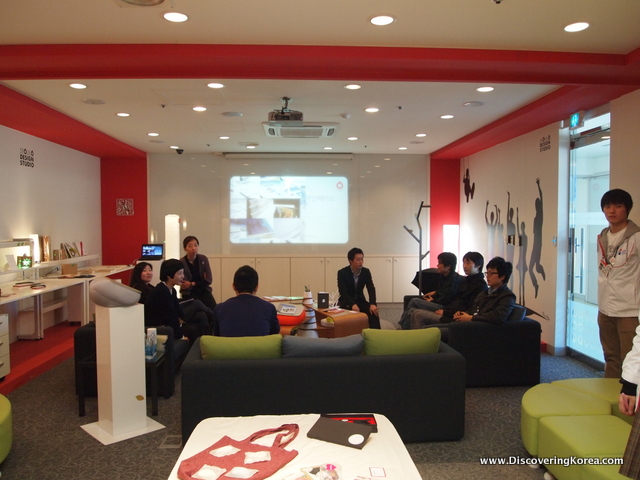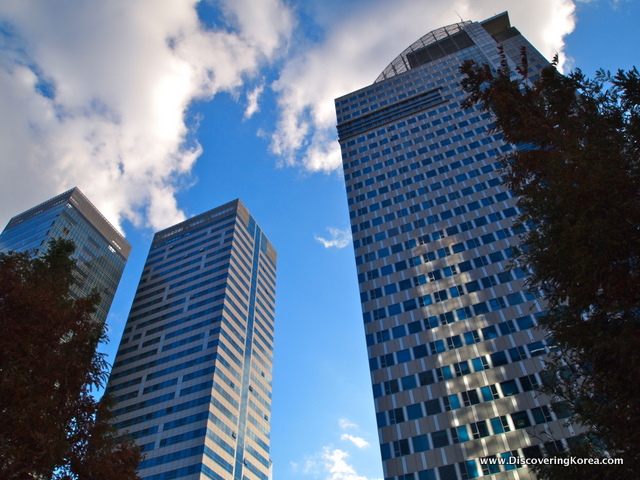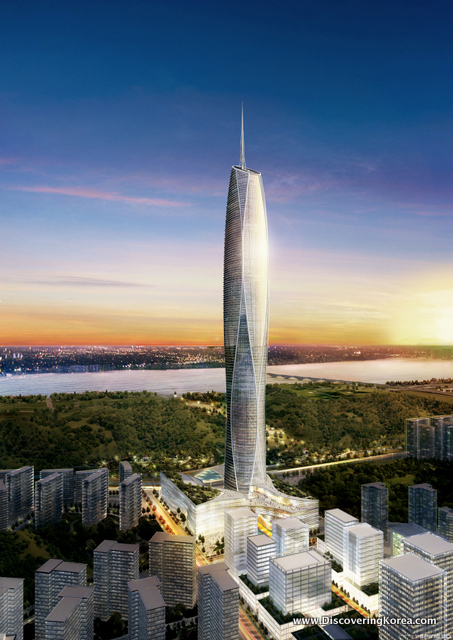Seoul Digital Media City is just another example of an ancient city that is also relentlessly modern.

Also known as simply the “DMC,” the 570,000 square meter parcel in northwestern Seoul was conceived as a state-of-the-art digital media entertainment cluster.
Launched by the Seoul Metropolitan Government in 2002, the DMC was envisioned as a way to expand Korea’s advanced IT, human resources and entertainment industries.

Walking around the Seoul Digital Media City today, the modern architecture and wide central boulevard distinguish the area from many parts of northern Seoul.
For me, the DMC’s architectural standout is the Digital Pavilion Nurikkum Square.
For the cultural experience, just next-door is the Korea Cultural Contents Center, which is home to a museum looking into the history of Korean film, from outsiders’ observations of Korea at the turn of the 19th to 20th centuries, to the blockbuster films of the global Korean Wave phenomenon.
Two more great destination on a DMC tour are Seoul Design Studio (서울디자인인창작지원센터) and the Digital Media City Gallery, where rotating exhibits by design students and hands-on installations featuring innovative technologies of tomorrow are on display.
As of August 2010, about 50% of construction was completed. Some 548 companies with over 24,000 employees have already moved in.
And true to the DMC’s mission, the five key business areas are broadcasting, film, games, software and IT. According to an on-site promotion agency, as of September 2010, DMC tenants had generated $11 billion dollars in revenue.

What’s also remarkable about the Seoul Digital Media City is how the land has evolved over recent decades.
For example, once called “Duck Island,” the area now occupied by the DMC was beloved as a pristine natural site along the Hangang River (한강). Sadly, that all changed when it became one of Korea’s largest landfills.
Over 15 years, some 92 million tons of waste were dumped there. Thankfully, the area was reborn again when, in 1993 the landfill was closed and covered, and World Cup Park (월드컵공원) became one of Seoul’s largest green spaces.
This grand park, along with the Seoul Digital Media City form an important part of what’s being called the new Sangam Millennium City.
Not surprisingly, the area – with its unique professional and recreational opportunities – now boasts the third-highest apartment prices in Seoul.

The DMC project that’s incited the most excitement seems to be Seoul Lite, the name of a 133-story landmark tower to be completed by 2015.
At a total height of 640 meters, the Seoul Lite tower would become the world’s second tallest skyscraper.

If all goes as planned, the behemoth will be filled with an enormous aquarium, restaurants, department stores, offices, a Ritz Carlton hotel, apartments and a 133rd floor observation room. Imagine the view from the top, which will penetrate deep into even North Korea!
Finally, one of my favorite parts of the Seoul Digital Media City is a triangle-shaped park on the far western end that’s dominated by a 23-meter high media structure called the “Millennium Eye.” The fantastic piece of art is built of 140 mirrored steel spheres that reflect their surroundings.
For Your Information…
| Open: | Hours vary. |
| Admission Price: | Admission is free. |
| Address: | Seoul Mapo-gu Sangam-dong DMC Exhibit Hall |
| Directions: | Digital Media City Station (#618/#A04/#K316) on Line 6, the AREX Line and Gyeonghui Line. |
| Phone: | |
| Website: | Official Site |
About Matt Kelley
Matt Kelly is native of the US Pacific Northwest and is half-Korean by ethnicity. He lived in Korea for five years and has written hundreds of travel guides for Wallpaper, TimeOut, the Boston Globe and Seoul Magazine and was a host for several different variety shows on Korean radio and television.
